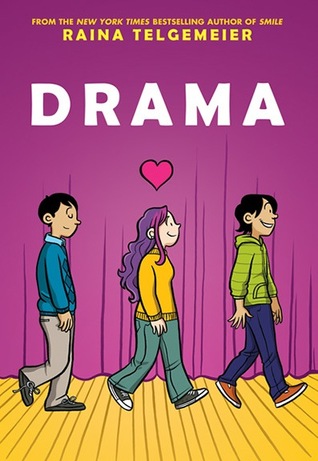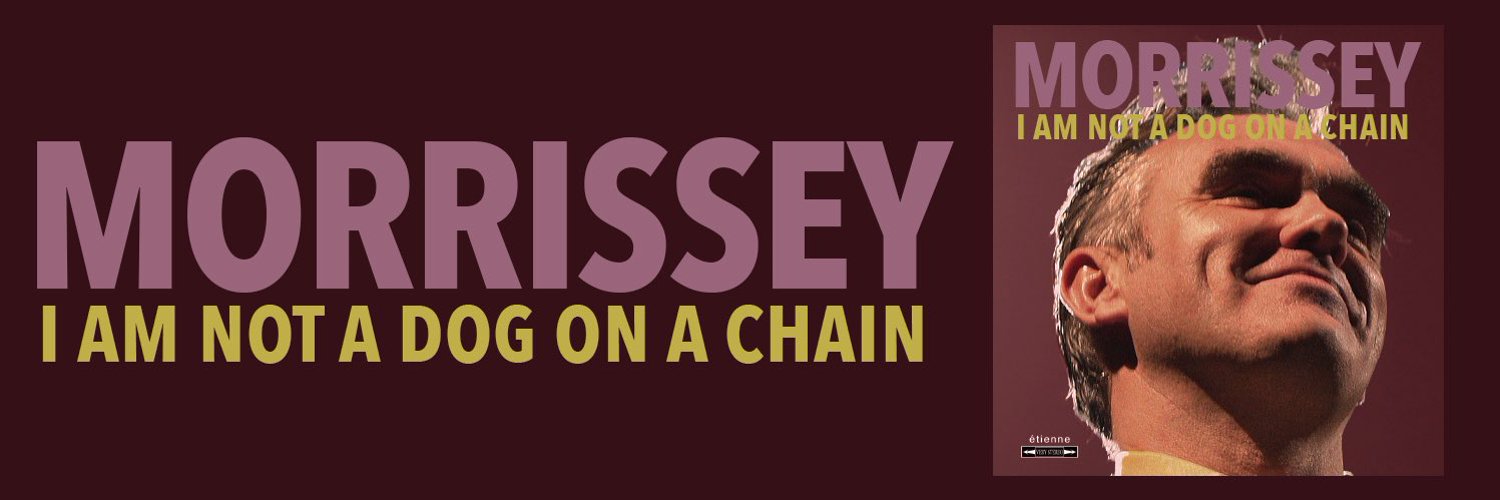Every year, on the last week of September, librarians, teachers, and students alike come together to celebrate Banned Book Week. Established in 1982, this week is dedicated to celebrating the freedom to read and the ability to appreciate what others think is “unacceptable” or “unorthodox.” Banned books are titles that parents have charged with being inappropriate in school settings; these books range from picture books to full on novels. This week is devoted to bringing awareness to these amazing titles and bringing the reading community together. Here are the top ten most challenged books!
10. I Am Jazz by Jazz Jennings and Jessica Herthel

Photo by Goodreads
This heartfelt autobiography, written by Jazz Jennings, brings to light the challenges of accepting your gender identity. As a kid, Jennings always described herself as having a “a girl brain, but a boy body,” which unfortunately confused her family. The book goes on to tell of her struggle with self-image, humiliating encounters with bullies, and what it means to be yourself. The picture book was an immediate success with children and families facing the same challenges, but when a kindergarten student in California brought it into her class, parents brought down the hammer. They claimed that the book didn’t “fall under the umbrella of sex education,” and around 15 parents pulled their children out of the school. Policy was put into play, and that places I Am Jazz right on the banned books list.
9. And Tango Makes Three by Peter Parnell and Justin Richardson

Photo by Goodreads
The next picture book on the banned books list has made its appearance a total of eight times. Based on a true story, two penguins, Roy and Silo, enter a same-sex relationship in the midst of mating season. As everyone else starts to lay eggs, the couple obviously hits a dilemma. At some point, the zookeepers notice, and give the couple an abandoned egg; Tango, which makes three. The beautifully crafted story garnered starry reviews from School Library Journal, Publishers Weekly, and Booklist; however, parents challenged the moral of the story, claiming it was “anti-family” and confusing. The title was eventually pulled from the shelves.
8. The Hate U Give by Angie Thomas
This New York Times Bestseller, and my personal favorite on this years list, is a young adult novel that calls police brutality and discrimination to attention. The story starts with our black protagonist, Starr Williams, who’s leaving a party with her longtime best friend, when they

Photo by Goodreads
ominously get pulled over. The officer asks her friend, Khalil, to step out the car, but when he goes to reach for his hairbrush, Starr’s world is changed forever. The books banning story started in Kay, Texas, where parents accused it of having “inappropriate language” and the superintendent agreed. Additionally, just this summer, the book was challenged again, along with All American Boys, by Jason Reynolds and Brendan Kiely, which is based off the same problems.
7. To Kill a Mockingbird by Harper Lee

Photo by Goodreads
This classic, written in 1960, follows the story of Atticus, a semi-famous lawyer, and his two kids, Jem and Finch, in the deep south. Atticus is tasked with defending Tom Robinson, a black man accused of a raping a white woman. The story goes on to describe how Atticus fights for Robinson and how the kids get the backlash for it. At the same time, Jem and Finch discover the secrets behind the Radley House, a seemingly haunted home down the street. Since the book displays multiple examples of racism and hate, including the N-word, the book was pulled out of 8th grade classes mid-lesson in Biloxi, Mississippi. It was stripped off reading lists around the country and put on the list.
6. Sex is a Funny Word by Cory Silverberg and Fiona Smyth
The third picture book on the list talks about just what you would expect: sex education. Silverberg is a certified sex

Photo by Goodreads
educator that created this book on the basics of gender and sexuality; specifically, the title was aimed at eight- to ten-year-olds. It earned lots of praise for the positive focuses on body perceptions and orientation. Sensitive parents took offense; they claimed that the book would make children “want to have sex or ask questions about sex.” Specific controversies over the book haven’t been explicitly investigated, but Claudette Riley, a journalist in Springfield,
Missouri, said that the book faced over 30 incidents over censorship.
5. George by Alex Gino

Photo by Goodreads
This middle-school aimed book is another novel that puts transgender hardships into the spotlight. When George tries out for the lead role in Charlotte’s Web, but doesn’t get it, she decides to reveal who she really is. The heartily awarded title was under fire for obvious reasons; parents were enraged at seeing such a young protagonist be transgender. The Witchita, Kansas public school system were the first to remove it from their libraries, saying that it was inappropriate for young audiences and that they generally wouldn’t understand. In response to the controversy, Gino has spoken out against silencing these problems, and has even joined “Speak Out: Voicing Movements in the Face of Cenorship,” a webinar from ALA’s Office for Inteelectual Freedom, SAGE Publishing, and Index on Censorship.
4. The Kite Runner by Khaled Hosseini

Photo by Goodreads
As one of the most critically acclaimed books on the list this year, this novel has earned its share of controversy and challenges. The plot follows the freindship of Amir and Hassan, two boys set in 1970s Afghanistan. It continues until the 1990s, when Amir gets word of Hassan’s death and his abandoned son back home. The story turns into a rescue mission to save the son of his former bestfriend. Hosseini’s novel has been accused of everything from explicit sexual content in 2008, to homosexuality in 2012, and violence in 2014. Numerous states, including Arizona, Indiana, North Carolina, Wisconsin, and California, have flagged the book as inappropriate in certain counties. Most people have summed it up to violence, but there are many other “problems” including terrorism that were thought to have an impact on its young readers.
3. Drama by Raina Telgemeier
Telgemeier put together a stunning graphic novel, starring Carrie, the newest set designer for
her middle school’s theater production Moon Over Mississippi. For anyone involved in theater, you know that being on the cast and stage crew comes with a lot of drama and not just the opening night. The plot and illustrations were perfect, but the problem for parents arose when they realized that two of the main characters, brothers Justin and Jesse, were gay. Justin, the confident brother, was openly gay and comfortable with his orientation, but Jesse, the more mild of the two, was still striving to define his. Although the book was seen as a masterpiece and won multiple awards, numerous schools in Texas ripped the paperback off their shelves and it made its debut onto the list.
2. The Absolutely True Diary of a Part-Time Indian by Sherman Alexie

Photo by Goodreads
In this story, Junior is a soon-to-be cartoonist living on a Spokane Indian Reservation in Washington, facing the normal reservation problems; that includes the below average school system, which Junior’s completely done with. After a series of events, our protagonist finds himself at a new, all-white high school where the only other Indian is the school mascot. Alexie uses his experiences to compose an expertly written story that’s received an abundance of praise. That is, until the parents got their hands on it. These challenges were based on strong profanity and sexually explicit scenes. Schools ranging from Alaska to Illinois sought out to ban the book and successfully pulled it off of their reading lists.
1. Thirteen Reasons Why by Jay Asher
Being the most challenged book on the list, Asher put together a story that fueled conversations on

Photo by Goodreads
everything from bullying to suicide and everything that happens in between. Clay Jensen, the neighborhood sweetheart, came home to find a box of cassette tapes from Hannah Baker, his classmate and crush who killed herself two weeks earlier. As he listens to the tapes, he learns how thirteen different people have failed Hannah and now has to cope with the aftershock of loss. The New York Times bestseller was a hit with readers and it even landed its own show on Netflix. Many of the controversy around the book came to light after the TV series was produced. Schools in Kentucky, Florida, and Colorado were some of the firsts to call attention to the worrying subjects in the book, and it was effectively moved from libraries thereafter.
There’s an obvious problem with banning books in our nation’s school systems; it limits the amount of diversity in reading and hinders students from reading about the world as it is. So while suicide, sexual misconduct, gender identities, and terrorism are sometimes touchy subjects, it’s better to let kids see the truth instead of hiding the world from them.
Illustration by Jane Mount












